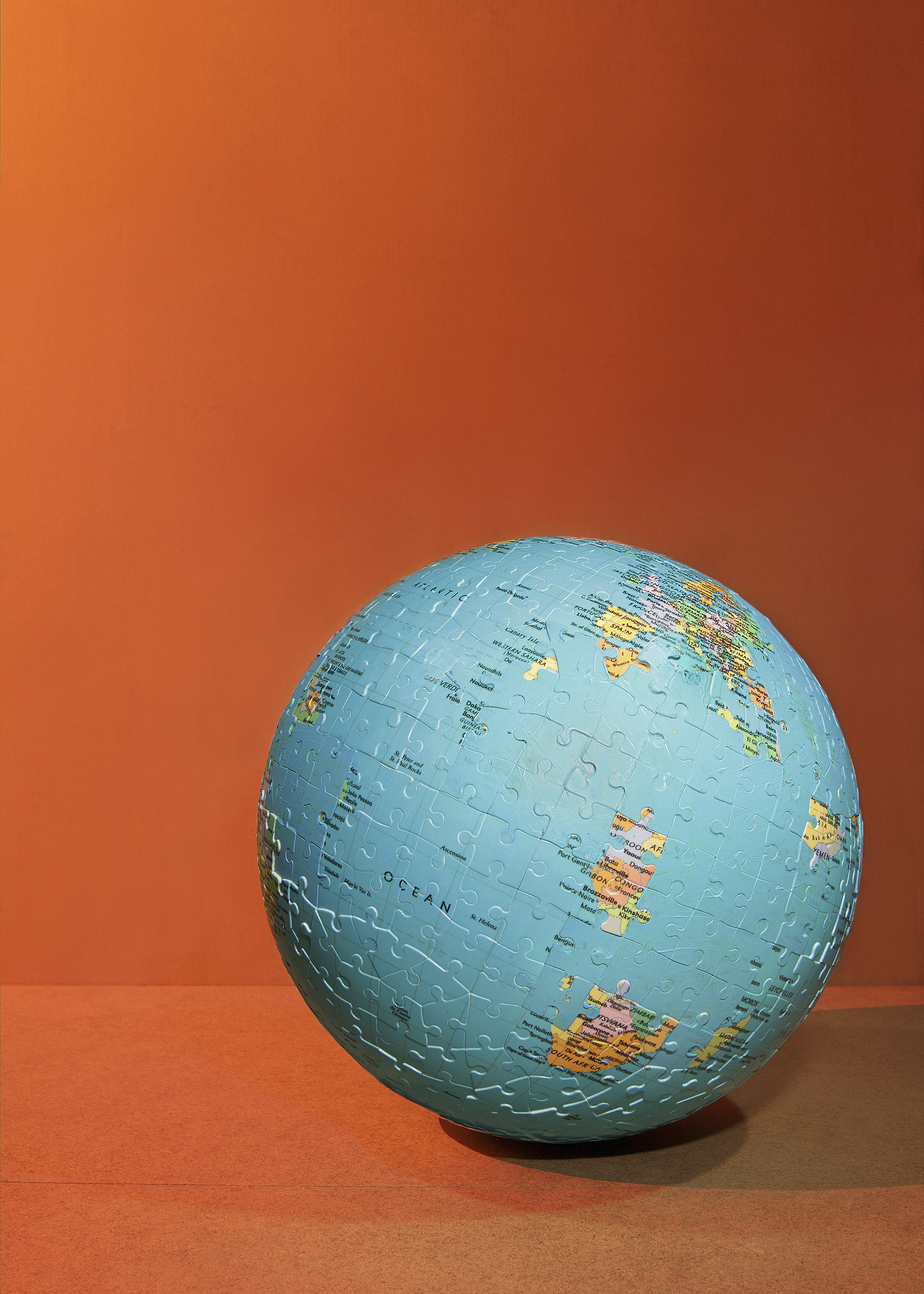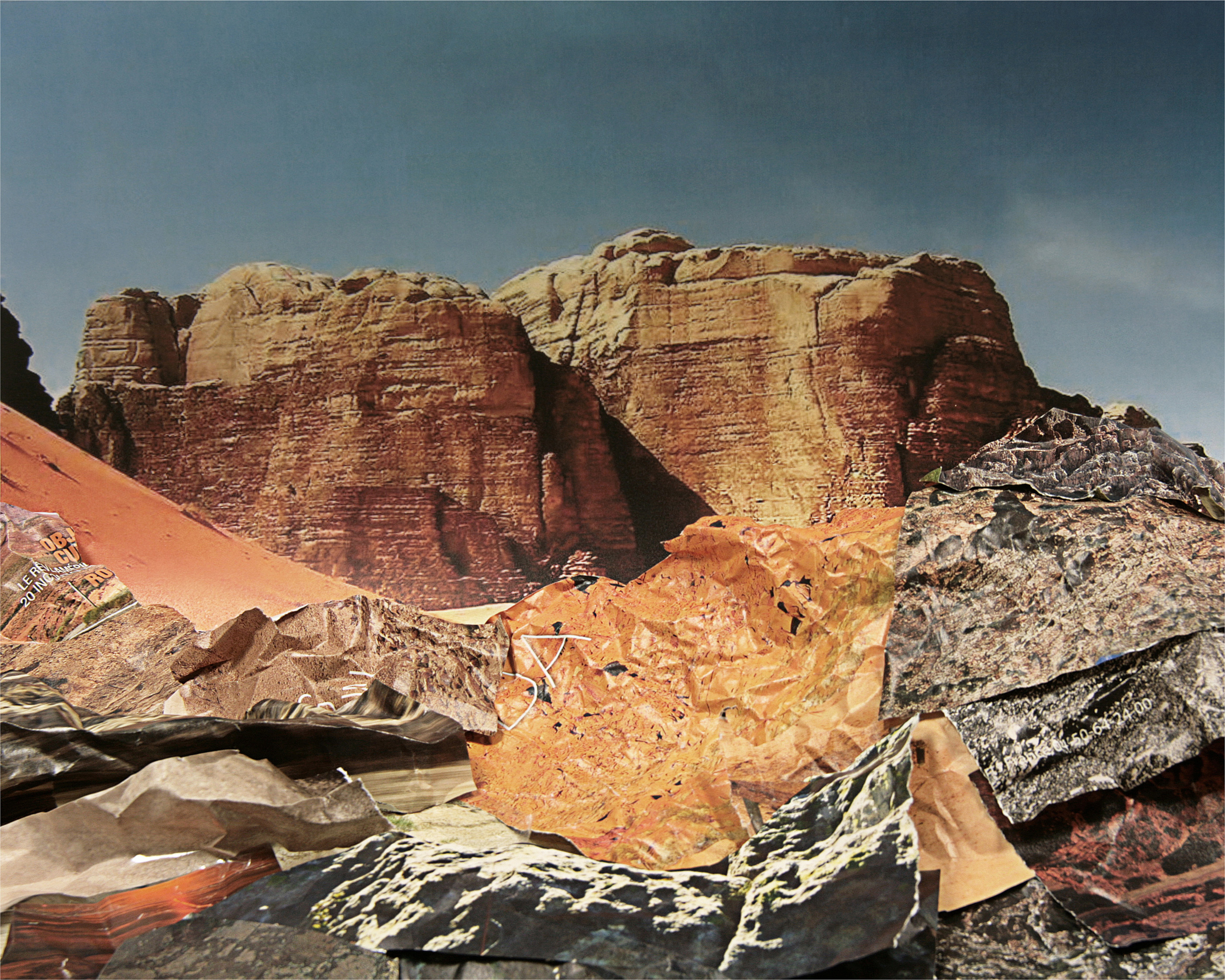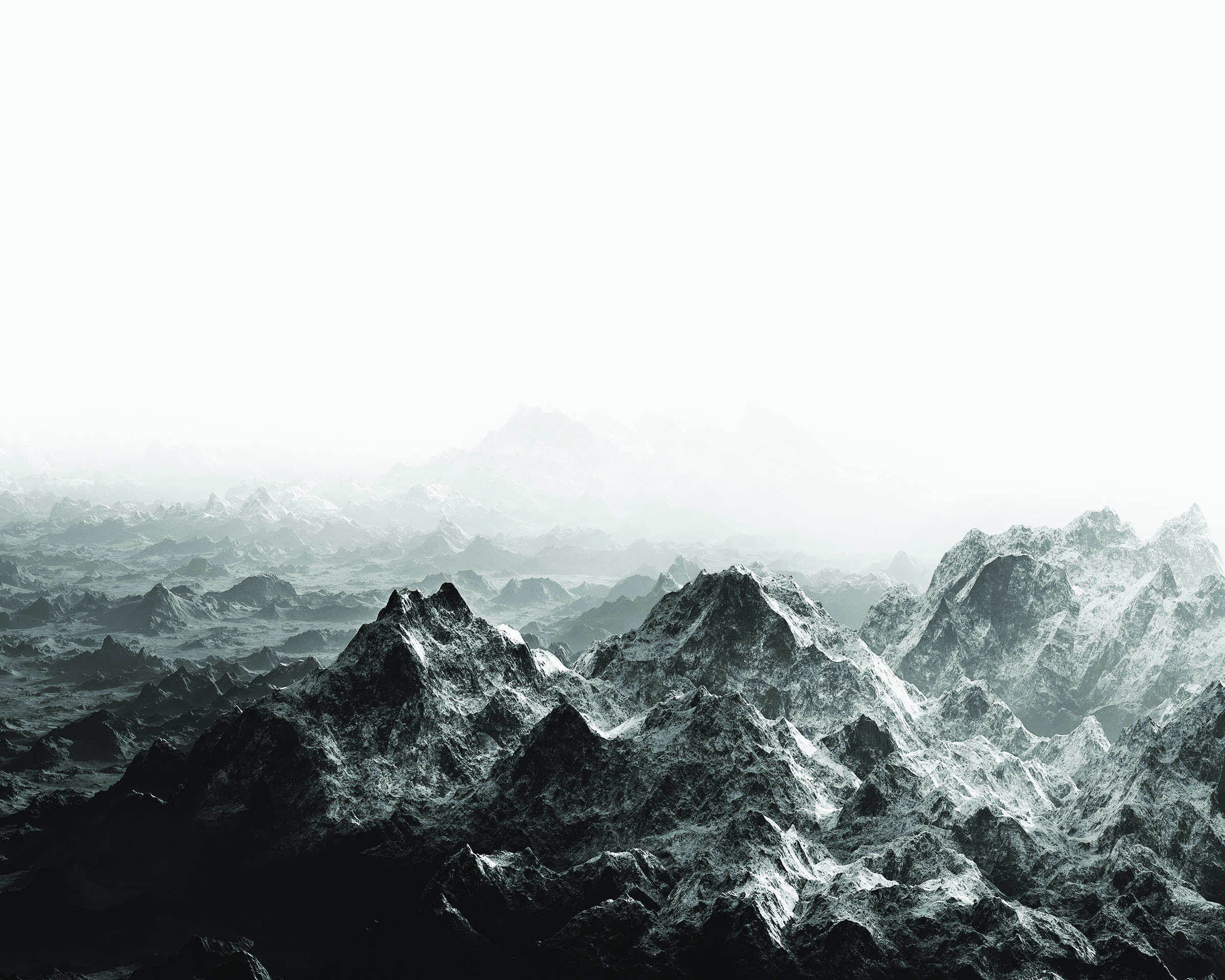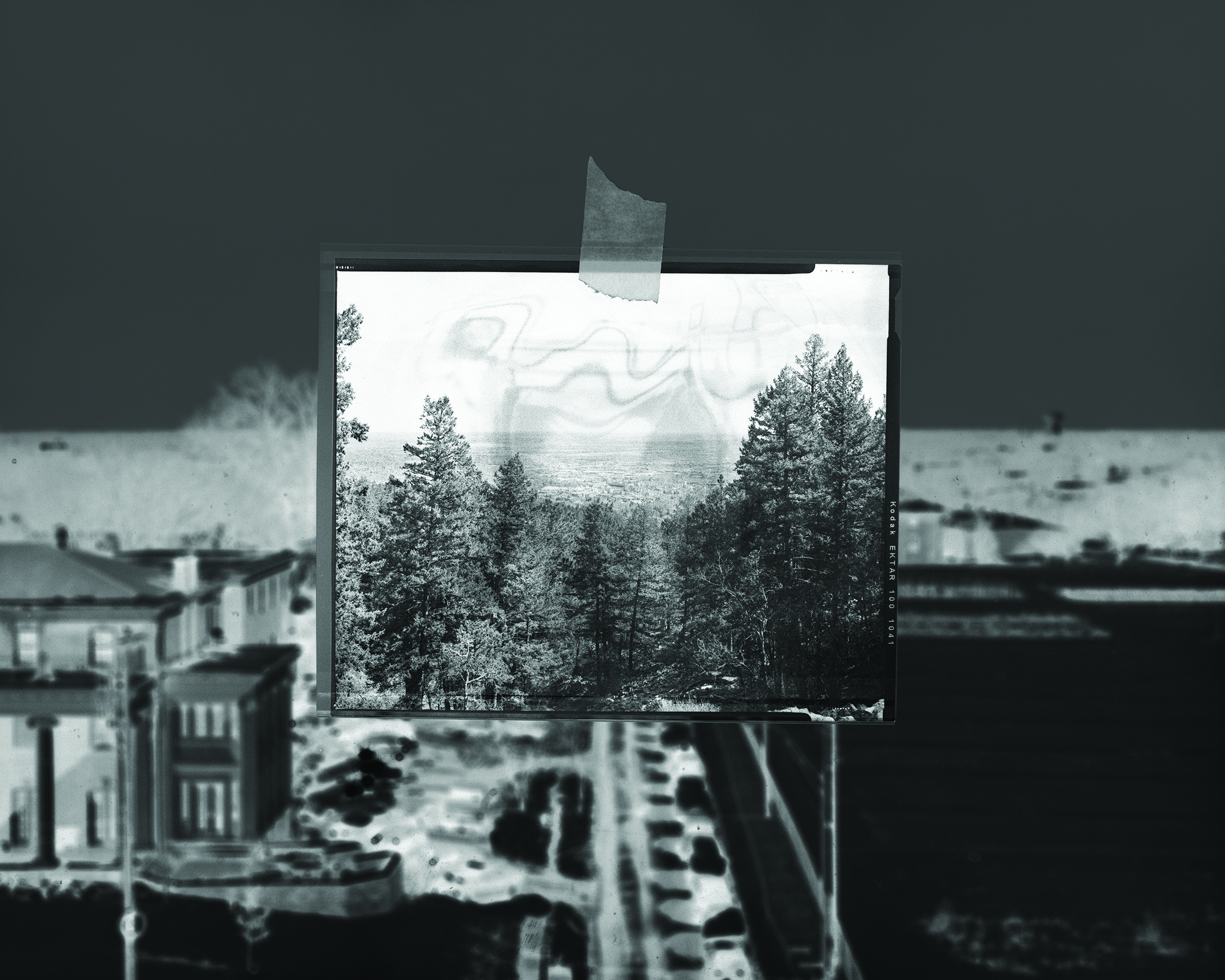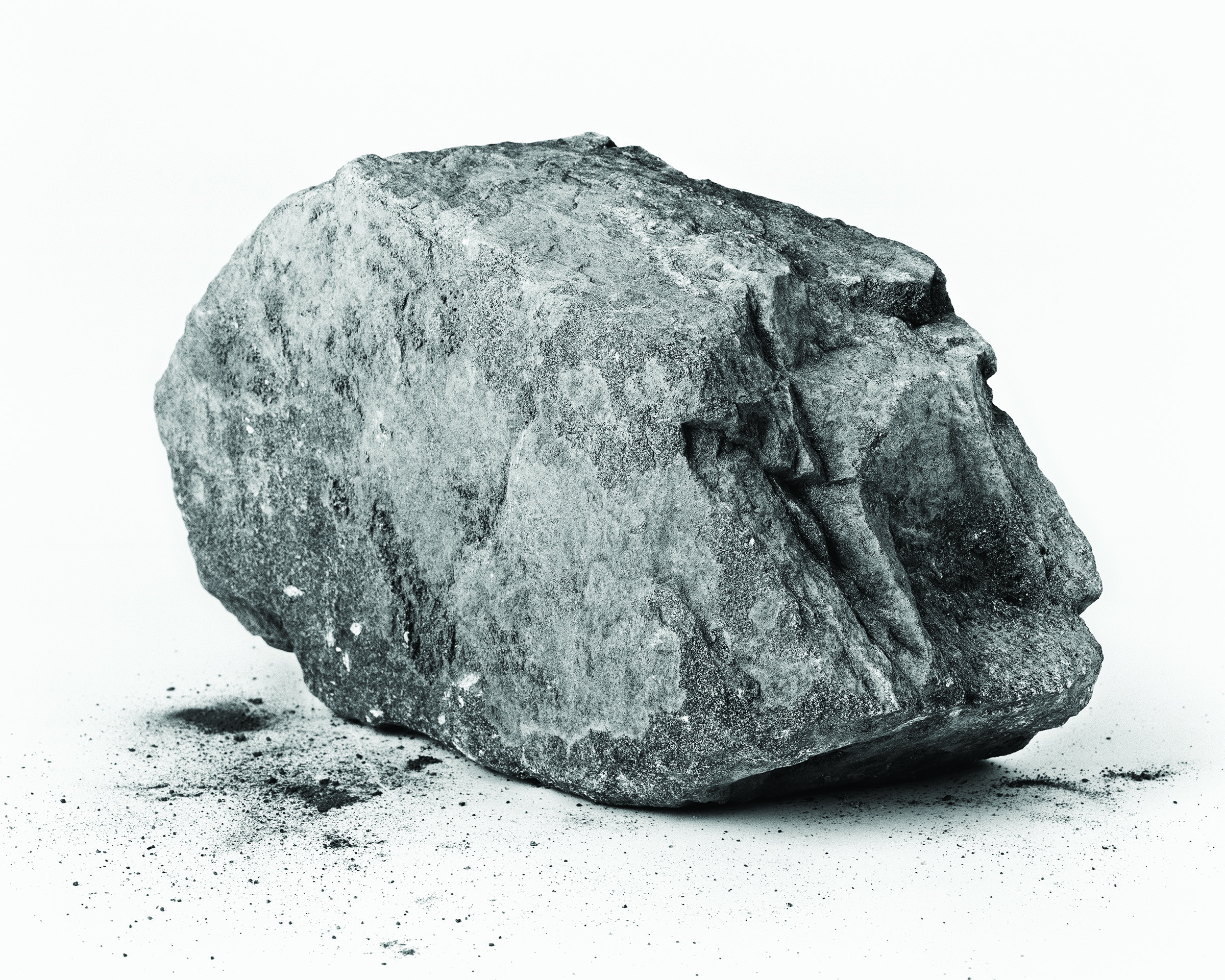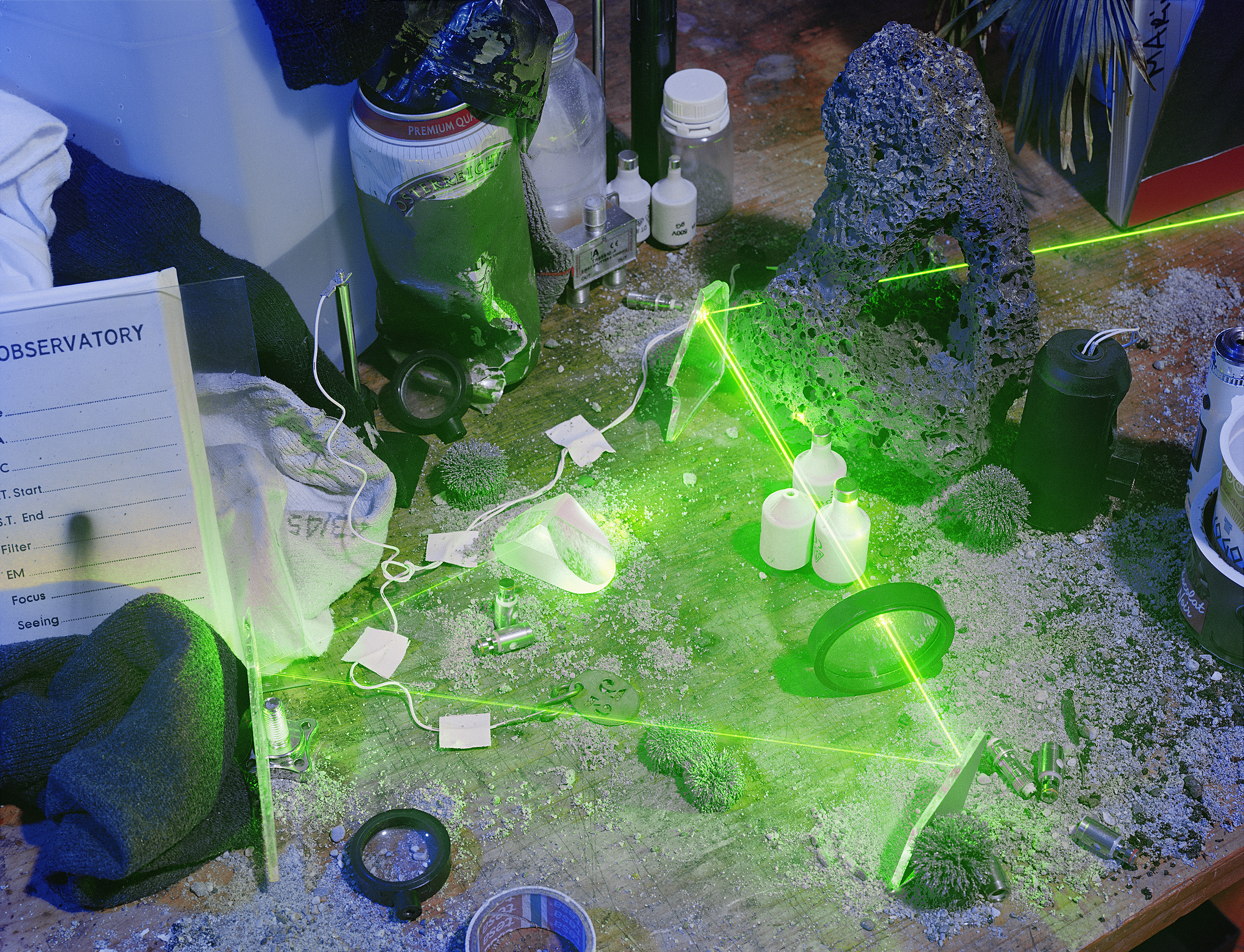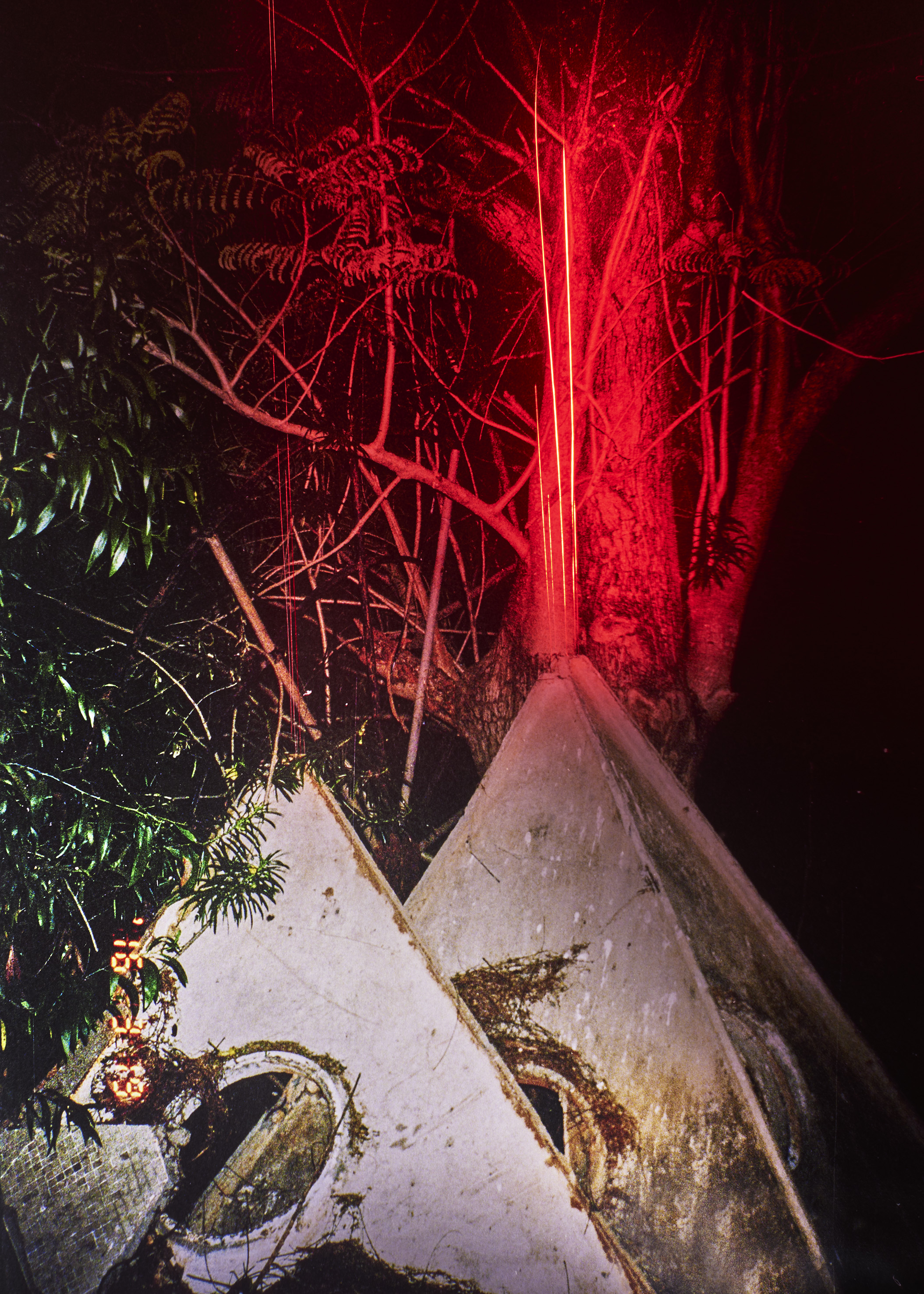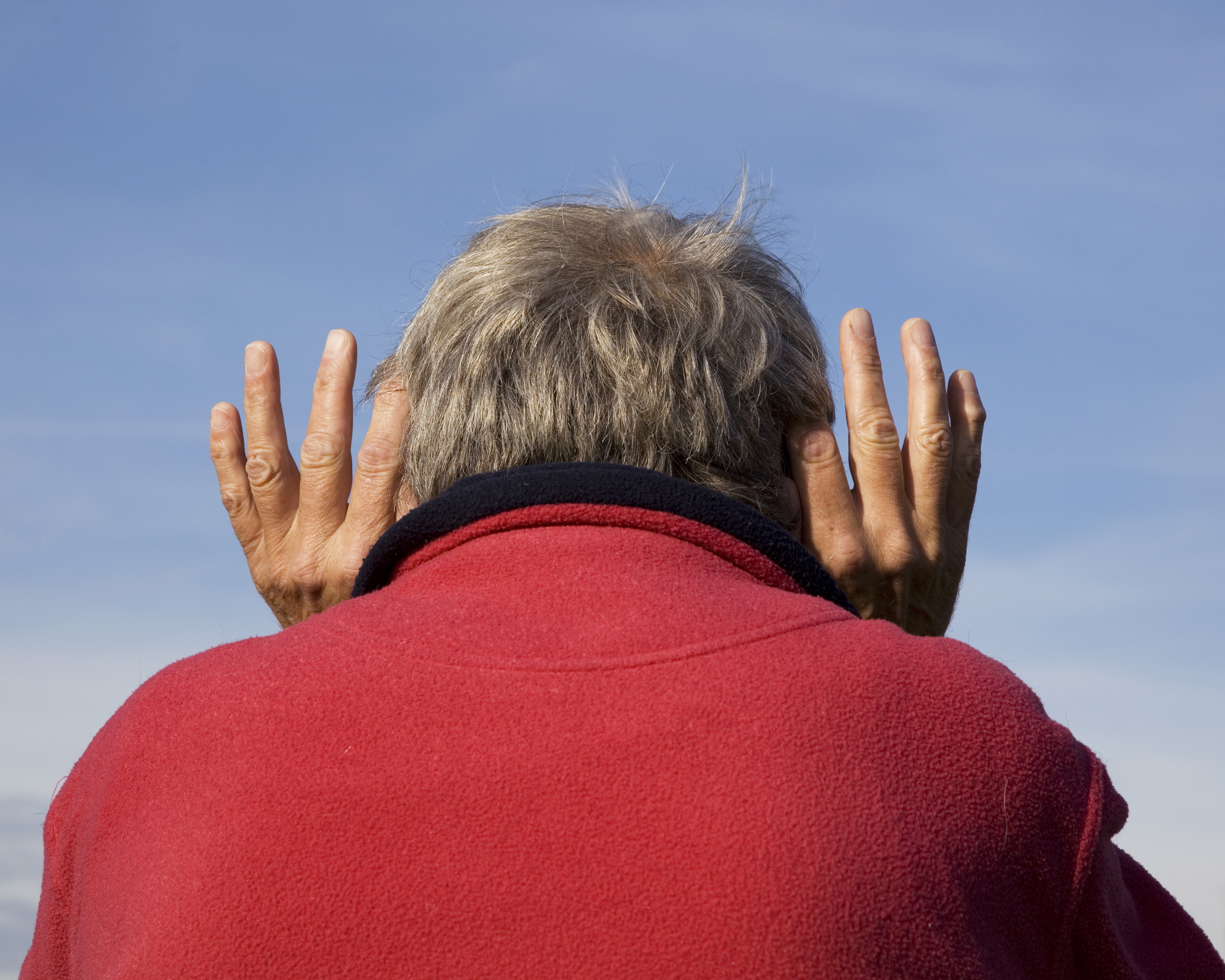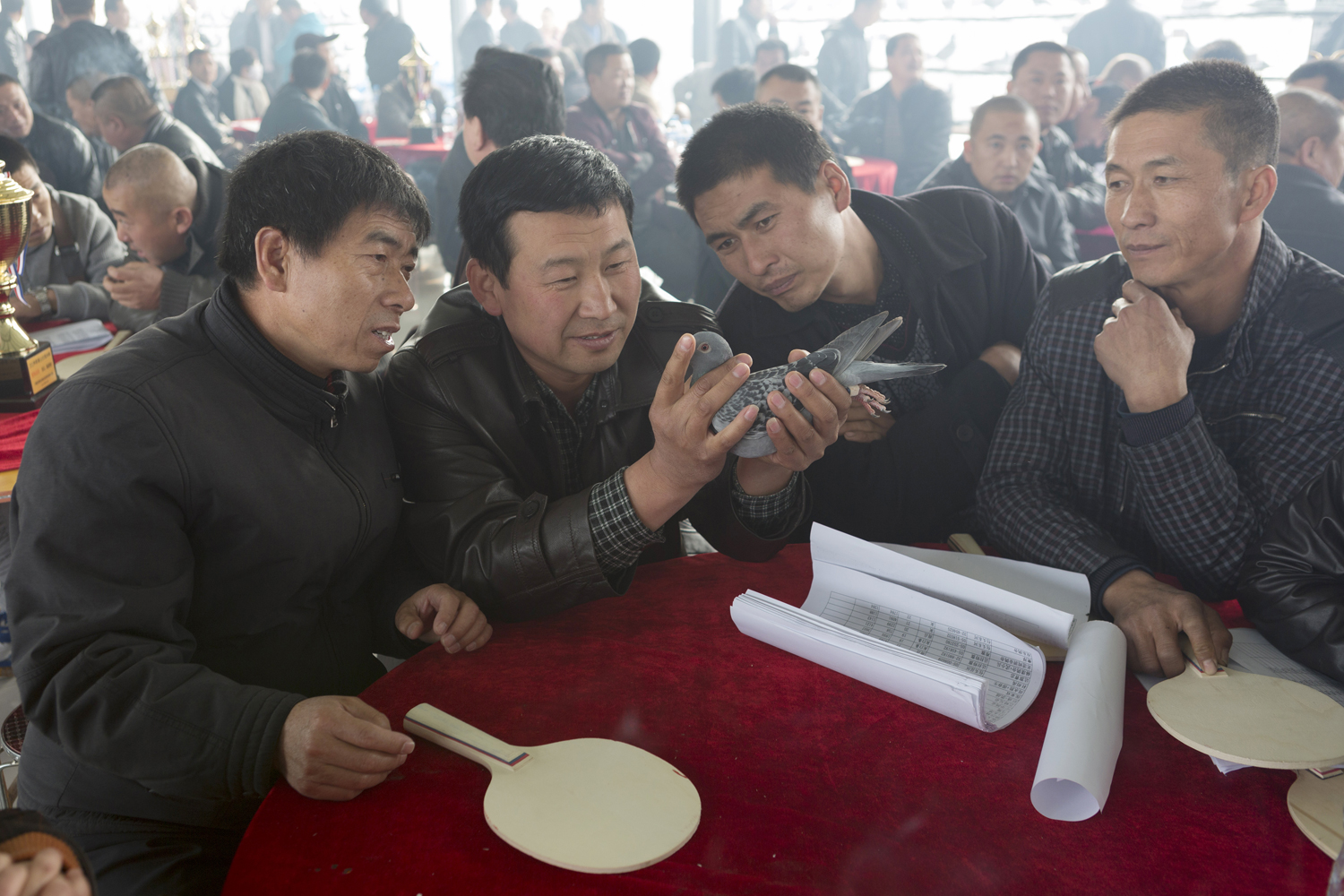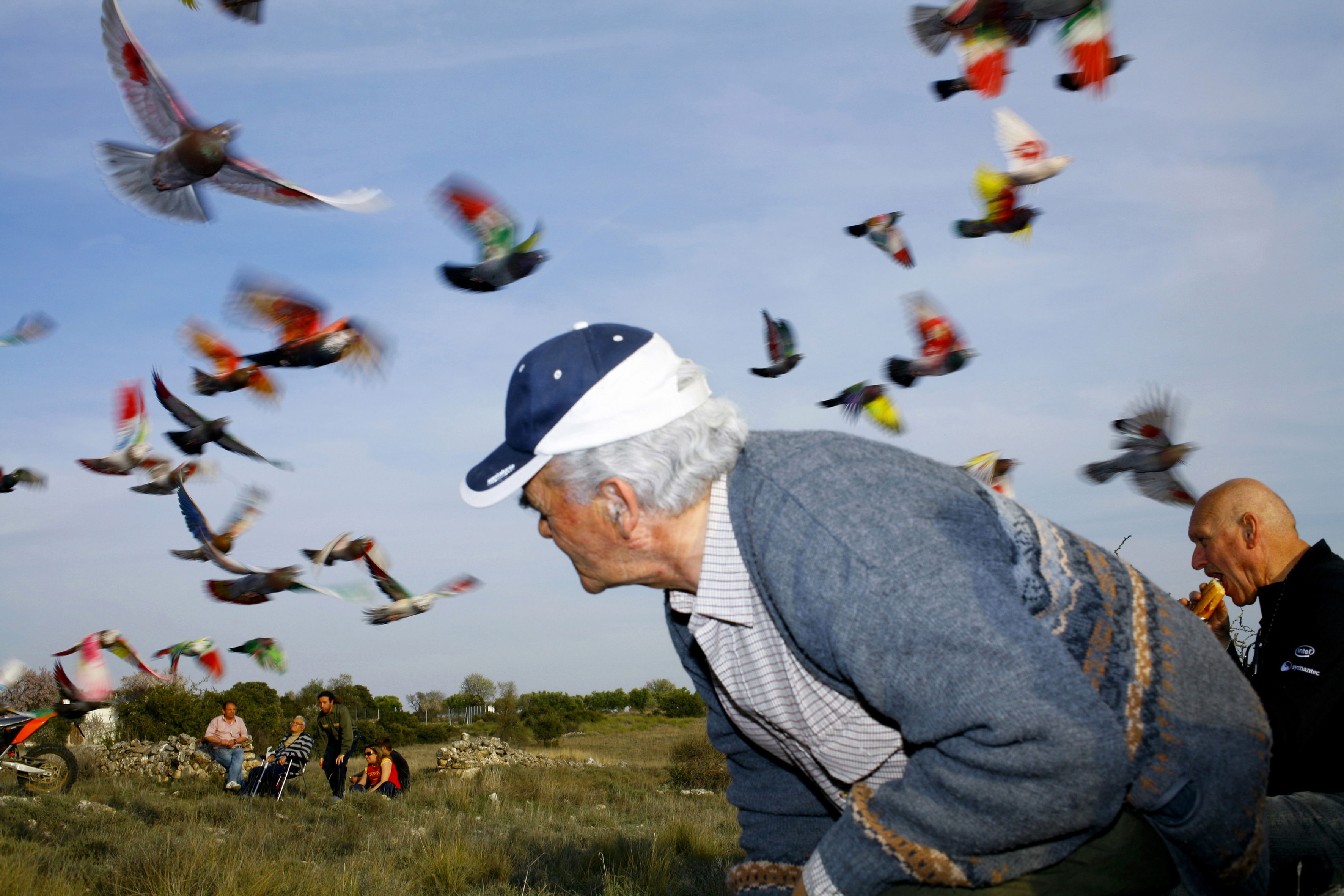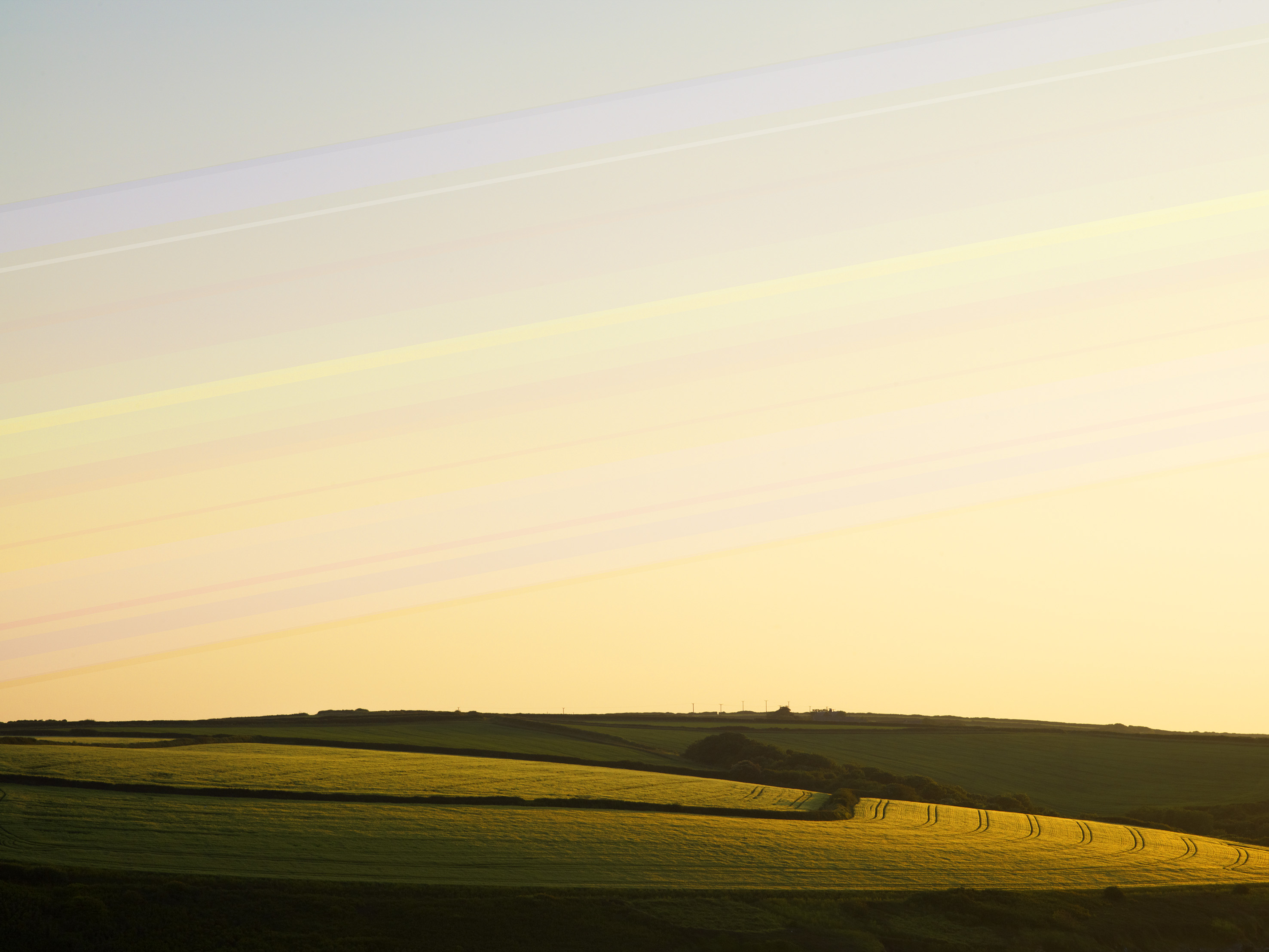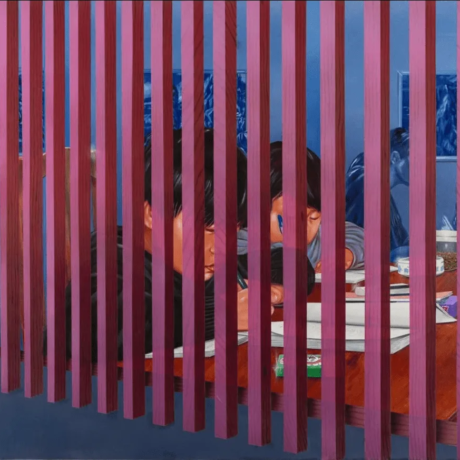Photography has always gone hand-in-hand with exploration. Those of us who stay at home can find ourselves transported to distant lands, and those adventurous enough to leave again and again can bring back snapshots of the world they have seen. Some of the best works at FORMAT17 are exploratory in this way, not least, John MacLean’s solo photography project Hometowns, in which the Birtish-born photographer visits the hometowns of many different artists, including Bridget Riley, Takashi Homma and John Gossage. Through these images, we see not only the place that formed these artists but also a sense of their own artistic style, MacLean transforming his photography to include elements of each artist’s vision. (You can read more about the project in our interview with MacLean earlier this year.)
Michel Le Belhomme’s The Two Labyrinths is also part of the festival, in which the French artist explores landscapes and, in one case, the entire globe, through man-made paper forms (including a 3D globe puzzle and white, mountainous scrunched paper covered in coloured hand-drawn lines) and landscape interventions. In one black and white photograph, the image of a mountain is placed diagonally across a landscape, a shadow falling behind it. Scale becomes confusing. Are these enormous or miniature? Are we God-sized in comparison? The idea of place and location is also called into question. Do these belong to any one place at all?
Drew Nikonowicz also presents the world in an unfamiliar manner, in his tellingly-titled The World and Others Like It. In this series, the artist takes on the language of 19th-century survey imagery, questioning the reality of these images as well as the current methods we use to keep records. His images, monochrome and grainy, not looking too unlike highly-detailed pencil drawings, are a combination of analogue photography and computer modelling software, the apparently ‘real’ coming together with the limitless.
Quentin Lacombe has invented a new cosmology for Event Horizon—originally released in book form, and shortlisted for the Aperture Photobook Prize at last year’s Paris Photo—in which he depicts rays of light bouncing off, or emanating from, a variety of objects in everyday yet also rather odd-feeling scenes. The remains of human activity (insecticide, an old candle, some smoked cigarettes and cutlery) form the basis of one image, shot through with neon green lines. In another, two dilapidated tent-forms are lit with bright red lines shooting from the top of one, in amongst trees in a darkened wood. Humans are nowhere to be found—perhaps they have been forced into hiding by this strange new radiation.
There is a particularly strong group show, Modern Ornithologies, which explores the bond between humans and birds—creatures who, of course, are adventurers themselves, having many rich viewpoints of the world throughout their lifetime. The works in this show are diverse, swinging between the natural and human world. In Martin Parr’s film work Mark Goes to Mongolia, he follows Mark Evan, a pigeon breeder. We see birds in gridded coups, drawings of pigeons, presented as specimens, docile birds held in the hand, birds as business, the bird in the human world—though, not, it appears, without care. In Anaïs López’s No Bird Sang, the human takes himself into the bird’s world, cupping hands behind ears against a vast blue sky. A host of pigeons, painted with different world flags, are set out into the world in Ricardo Cases’s mysterious Paloma al Aire, one image, reminiscent of Hitchcock’s The Birds, depicting a man ducking for cover as the group first take flight.
As a whole, the fair takes a broad approach to its theme, Habitat, considering “landscape, environment, mobility, migration, digital worlds, ideas of home and displacement, conflict and regeneration.” Of course, the human is central to many of these things.
“I felt the idea of the Anthropocene would be timely,” says Louise Clements, QUAD & FORMAT’s Artistic Director. “It’s a concept that’s important not just in art or photography, but more generally in terms of how we start to understand and come to terms with what is important in the world around us and our relation to it.”
‘FORMAT17’ runs from 24 March until 23 April at multiple venues in Derby, England. formatfestival.com
